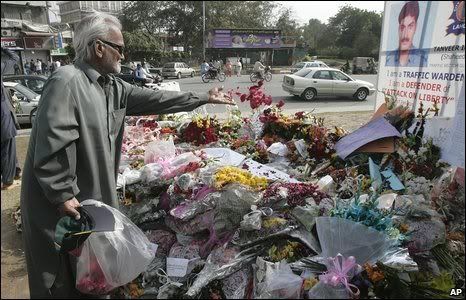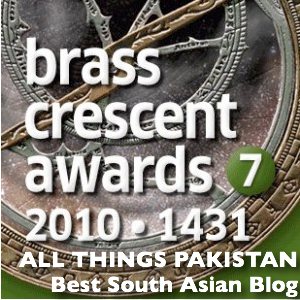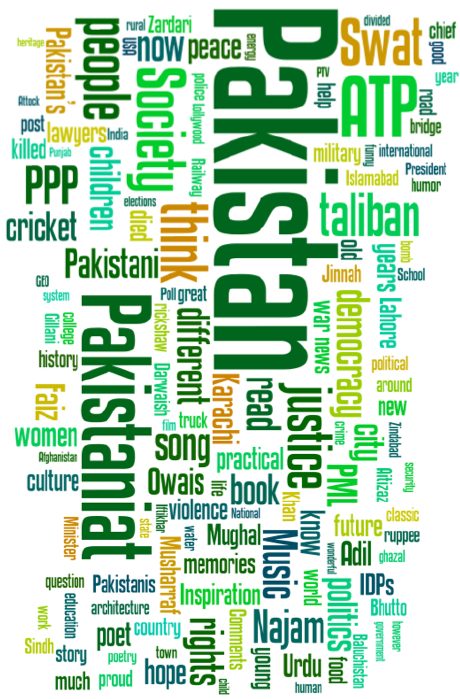Aziz Akhmad
We have been seeing too many dramatic and dreadful images on our TV screens in the past few weeks. It is like watching an action packed Western movie, where, every 10 or 15 minutes, there is a gun battle, an ambush, a lynching or some other gory scene. The only difference was, in the movies the bad guys get killed and the good guys prevail; in our real life story, it has been mostly the other way round.
Of all the dreadful images, those that remain etched one’s mind are: A wounded and frightened policeman trying to crawl his way out of the line of fire while another, not so lucky, lying sprawled, face down, on the grounds of the Police Training School. Another sad but powerful image from the same scene, shown only briefly, was that of a horse, hit in the crossfire, lying on his side, not quite unhitched from his carriage, desperately pounding the ground with his foreleg.
The image of the abandoned and desperate horse, somehow, symbolized the predicament of the people of Swat and other troubled areas of Pakistan who, caught in the crossfire between the militants and their ideological supporters on one side and a clueless and inadequate state apparatus on the other, wait and wonder if anyone would come to their rescue or they would be abandoned to their fate.
Yet another image, which sent a shiver down the spine of most people in Pakistan, was that of this young woman in red, held to the ground, face down, by three men, and a fourth flogging her for an alleged infringement of the “sharia lawâ€. The image was not much different from the one usually seen of an animal being restrained before slaughtering it in the open, while people stand around gleefully watching the “spectacleâ€. To the “Sharia†enthusiasts one could only submit that Sharia is a system of law and justice, not of tyranny and terror.
Admirably, the reaction of most of the civil society to the brutal flogging was instantaneous. Not only they were horrified, they also protested — on streets. in newspapers and on blogs. However, if anyone harbored any doubts about what the Taliban’s interpretation of the proposed nizam-e-adl was, these were dispelled by Muslim Khan, the spokesman for Mullah Fazlulla, who said: Had their been Qazi courts in place, the woman would have been stoned to death. In other words, she was lucky to have gotten away with merely being flogged in public. The next day, however, Muslim Khan denied the incident ever happened.
The ANP’s (the party in power) predicament was pitiful. Finding itself between the proverbial rock and a hard place, the ANP, through its information minister, chose to attack Samar Minaallah, the woman activist whom he blamed for releasing the video to the media, and accused her and other activists like her as “enemies of the country†(mulk dushman). Coming from ANP, this was a most unfortunate comment. This is the vocabulary the establishment and the mullahs used against Bacha Khan, Wali Khan and other leaders of the ANP all these years. How come, the ANP has adopted it now?
While the reaction of the Taliban and their ideological supporters, as expected, was loud and clear, the silence of some of the leaders of the mainstream political parties was deafening. To them, one would say: “You cannot know what is a man for until you know what is he againstâ€.
It is clear Pakistan is in a mess, and there are no easy solutions in sight. But solutions to a problem are hard to come by unless we know what the problem is. And a problem is hard to define unless we ask the right questions. The trouble with us, in Pakistan, is, and it has been throughout most of our history, that we don’t seem to be asking the right questions.
In his book “What went wrong?†Bernard Lewis, a renowned Middle East Scholar, makes an insightful comment: “When things go wrong in a society, to a degree that can no longer be denied or concealed, there are various questions that one can ask. A common one is: ‘Who did this to us?’ The answer to a question thus formulated is usually to place the blame on external or domestic scapegoats — foreigners abroad and minorities at home …â€
It is easier to ask this question because it helps us shift the blame to someone else — CIA, RAW, MOSSAD, KHAD, and so many internal groups — and exempts us from doing anything about the problem. One thing we must remember, even if there is a foreign involvement, which there may as well be, it is not the cause but a consequence of our internal problems and conflicts.
Another question we may ask, and which may actually lead to possible solutions, is: “what did we do wrong?†When formulated in this manner, the question compels us to ask: How do we put it right?
So, instead of concocting conspiracy theories, and we seem to have a passion for this, we should start dispassionately analyzing where did we go wrong.
By the way, talking of conspiracy theories, the other night I heard a former general claiming on a talk show that the recent attack in Chakwal was carried out by the US, and that Baitullah Mehsud claiming responsibility for it was also a part of the same US conspiracy. The general had an explanation for all this, but it was so convoluted that I lost the thread of his logic. After all, there is a limit to which one can stretch his/her imagination.
The article was also published in The News of April 13, 2009



















































We all are doing this to ourselves as others have said. every time we make an excuse for a Taliban or an extremist we are strengthening them